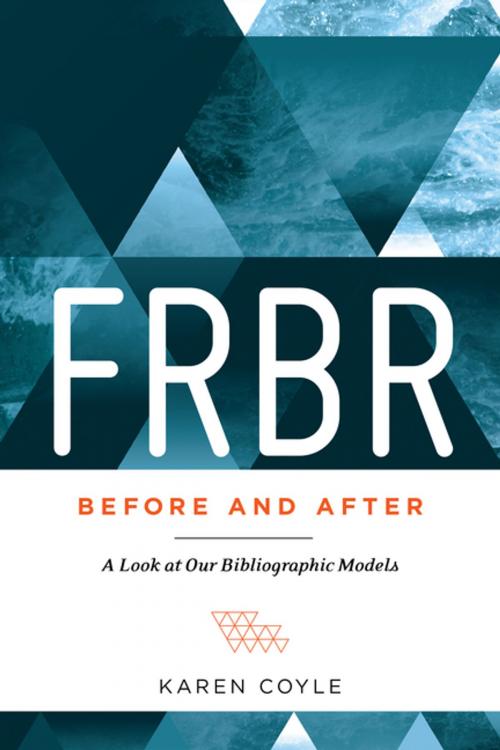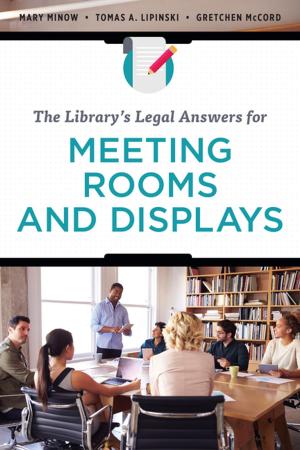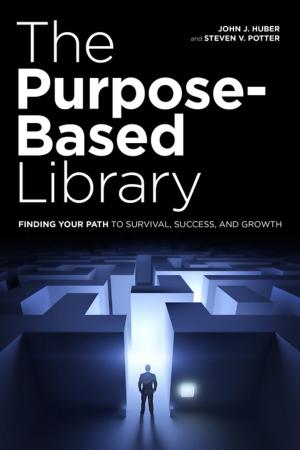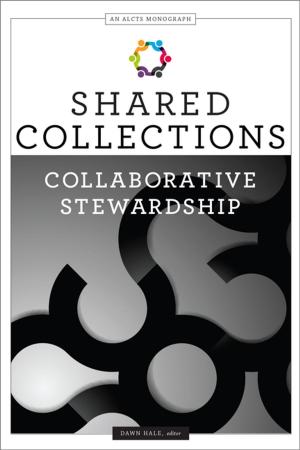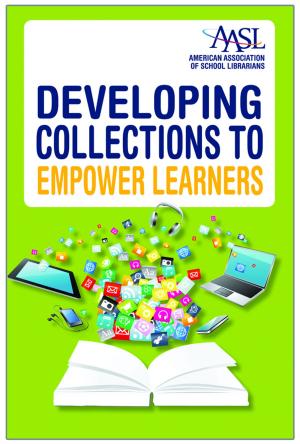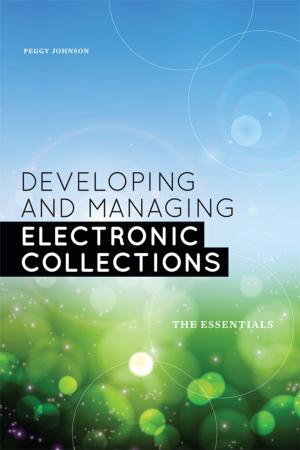FRBR, Before and After
A Look at Our Bibliographic Models
Nonfiction, Reference & Language, Language Arts, Library & Information Services, Reference| Author: | Coyle | ISBN: | 9780838913659 |
| Publisher: | American Library Association | Publication: | October 14, 2015 |
| Imprint: | ALA Editions | Language: | English |
| Author: | Coyle |
| ISBN: | 9780838913659 |
| Publisher: | American Library Association |
| Publication: | October 14, 2015 |
| Imprint: | ALA Editions |
| Language: | English |
Coyle’s expert ability to draw from the deep historical background of cataloging theory to illuminate the potentials of library data on the Web helped win her the 2011 ALCTS Outstanding Publication Award. Here she persuasively argues that to more effectively connect library users with books, movies, music, computer games, and other resources, library data needs to move beyond FRBR towards a more integrative approach to bibliographic models. But doing so requires fundamental changes in the approach to library data. Combing a sweeping perspective with a critical eye, she assesses how we define a work in the bibliographic world. Showing how bibliographic models reflect technology and our assumed goals of libraries, she points the way ahead for catalogers and metadata specialists, providing clear explanations and analysis on such topics as library data models and their connection to technology, from early printing to relational databases and the Semantic Web; ideas and influence of leading thinkers such Lubetsky, Wilson, and Tillet, along with lesser known theorists like Tanaguchi; IFLA meetings that led to the FRBR study group, including its original charge and final report; FRBR as a conceptual model, and how that differs from data models; the FRBR document’s flawed entity-relationship model and how it overlooks user needs; efforts to define a work as a meaningful, creative unit separate from the physical package; detailed analysis of the FRBR entities; and implementations of FRBR both inside and outside the library community. Coyle's articulate treatment of the issues at hand helps bridge the divide between traditional cataloging practice and the algorithmic metadata approach, making this book an important resource for both LIS students and practitioners.
Coyle’s expert ability to draw from the deep historical background of cataloging theory to illuminate the potentials of library data on the Web helped win her the 2011 ALCTS Outstanding Publication Award. Here she persuasively argues that to more effectively connect library users with books, movies, music, computer games, and other resources, library data needs to move beyond FRBR towards a more integrative approach to bibliographic models. But doing so requires fundamental changes in the approach to library data. Combing a sweeping perspective with a critical eye, she assesses how we define a work in the bibliographic world. Showing how bibliographic models reflect technology and our assumed goals of libraries, she points the way ahead for catalogers and metadata specialists, providing clear explanations and analysis on such topics as library data models and their connection to technology, from early printing to relational databases and the Semantic Web; ideas and influence of leading thinkers such Lubetsky, Wilson, and Tillet, along with lesser known theorists like Tanaguchi; IFLA meetings that led to the FRBR study group, including its original charge and final report; FRBR as a conceptual model, and how that differs from data models; the FRBR document’s flawed entity-relationship model and how it overlooks user needs; efforts to define a work as a meaningful, creative unit separate from the physical package; detailed analysis of the FRBR entities; and implementations of FRBR both inside and outside the library community. Coyle's articulate treatment of the issues at hand helps bridge the divide between traditional cataloging practice and the algorithmic metadata approach, making this book an important resource for both LIS students and practitioners.
